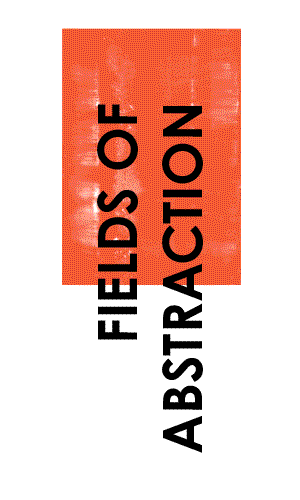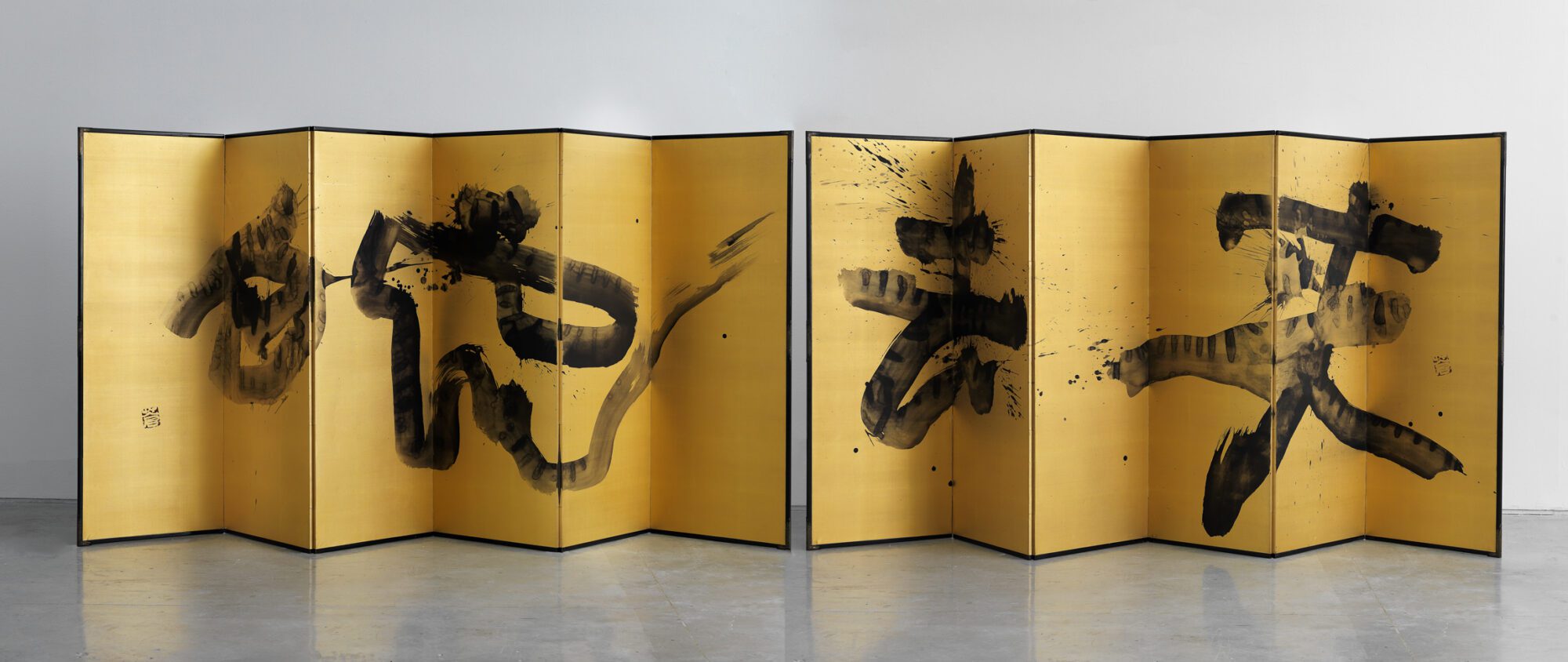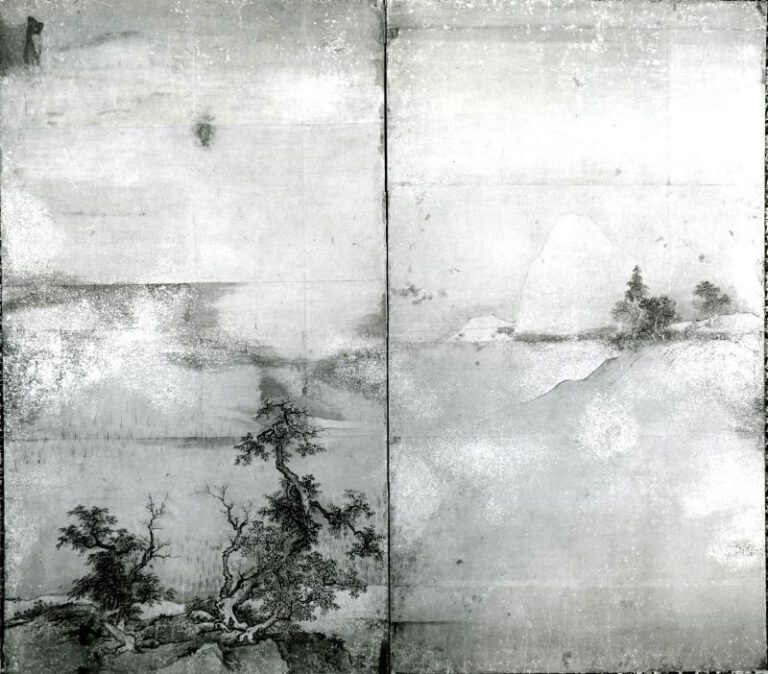Monumental folding screens of this type were commissioned from expert artists to adorn large spaces in estates or monasteries. The subject matter, a tiger on the left and a dragon on the right, is depicted with a free hand and divided between the pair of screens. The tiger and dragon symbolize the perfect cosmic balance, an aesthetic and philosophical principle known in ancient Chinese as the yin-yang (shade-light) complementary duality in nature. The tiger, yin, is terrestrial, lurking on the ground and crouching among the shadows. The dragon, yang, symbolizes the celestial and enlightened and is illustrated in a swirl of wind. The combination of the two is a common theme in Japanese art, and placing it in one’s space inspires reverence for the cosmic balance and heralds good things to come.
The gold leaves that cover the entire surface of the screens serve as a glowing substrate for the painting in black ink, designed so that the fold of the screen will reveal the image in a bent and partly concealed position. The performing gesture of ink painting on a gold metallic substrate is extremely complex, as gold does not absorb the wet ink. Thus, the artist has to calculate the degree of wetness of the brush and act in a well-planned motion, bending over the substrate on the floor and making the ink drawing in a single hand gesture. Unlike the long process involved in creating an oil painting, with ink it is impossible to erase or correct a line. Appreciating ink painting lies in tracking the flow and confident movement of the master’s hand. The technique of painting with brushstrokes was perfected in East Asia over the centuries, and it encompasses a vast vocabulary of hand movements and ink weights that produce different shades of black. On this particular screen, we can clearly discern the different areas where the artist created texture and shape with the help of a delicate play between dry and ink-laden brushwork as opposed to aqueous and transparent strokes. This skillful combination of wet and dry, thick and thin allows the artist to complete a full and rich range of visual expression using only black ink.
Miriam Malachi





